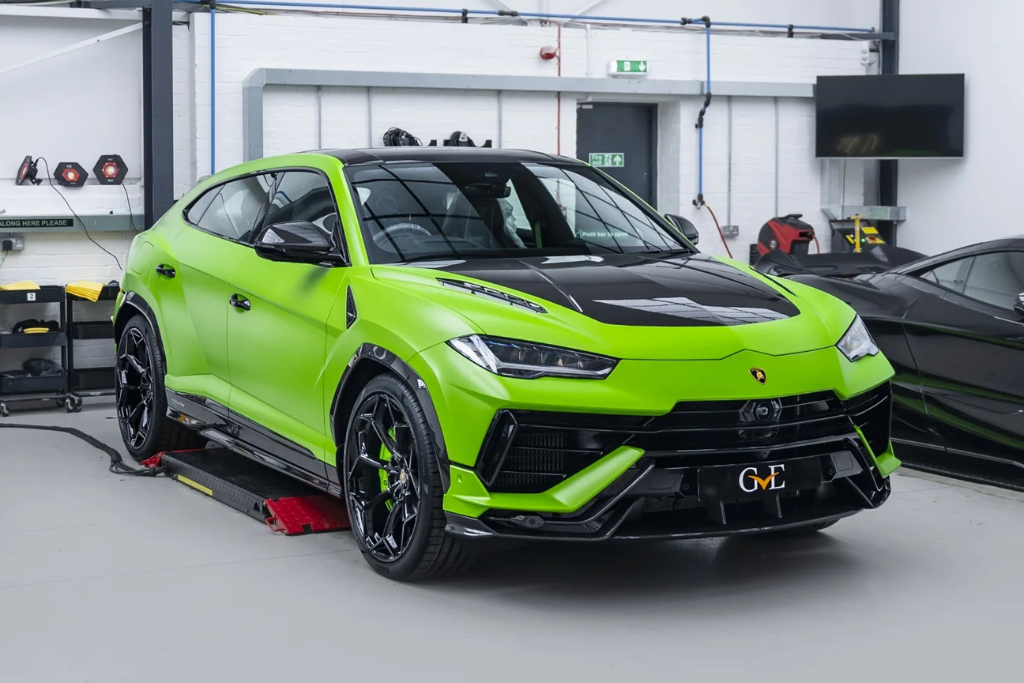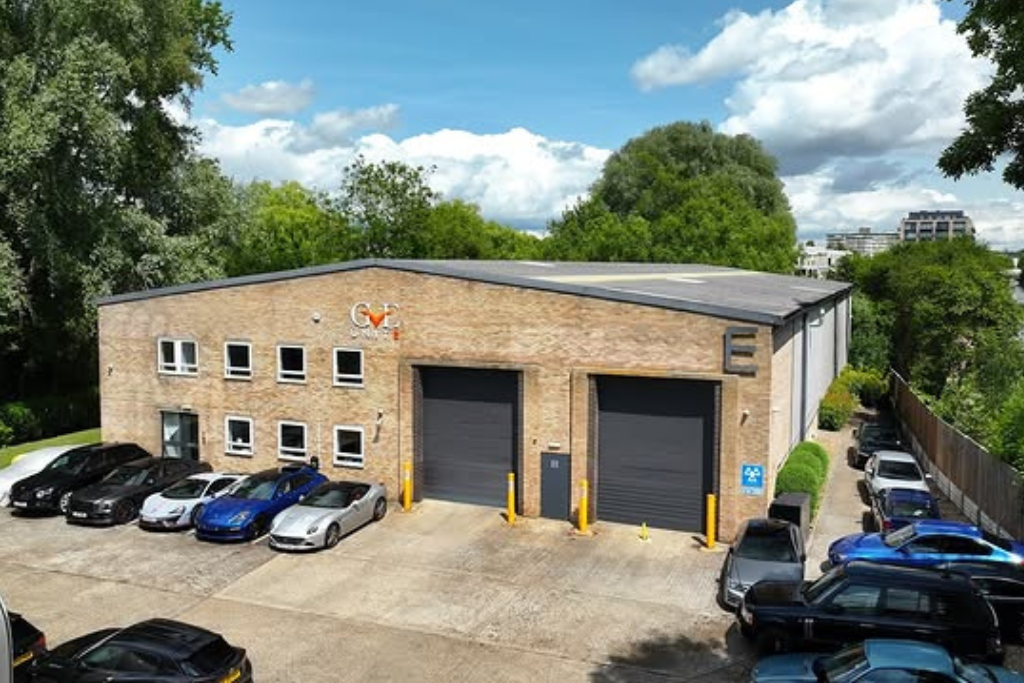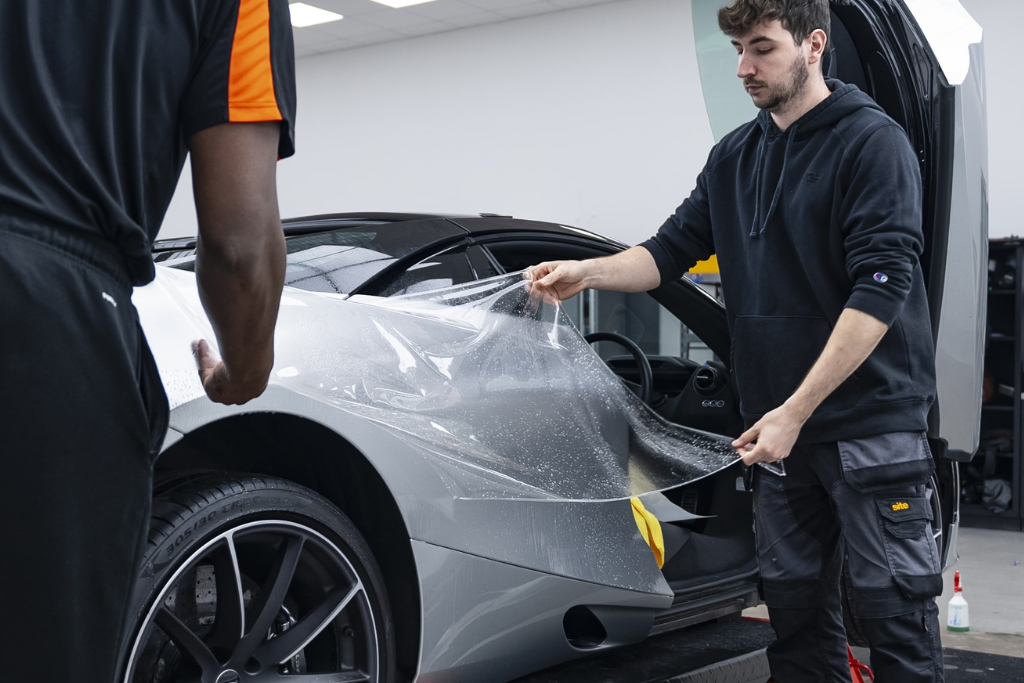- Detailing Case Studies
How Long Does PPF Last? Lifespan, Maintenance, and Care Tips | GVE London – Blog
Learn how long Paint Protection Film (PPF) lasts, what affects its lifespan, and expert tips to maintain and protect your car's finish for years to come.
Paint Protection Film, or PPF, is one of the noteworthy investments made by supercar owners who wish to shield the pristine finish of their vehicle. PPF has the strength to safeguard the vehicle against scratches, stone chips, and environmental damage as it offers a transparent and durable defensive layer. It is important to understand the lifespan, maintenance requirements, and when to reapply to ensure lasting protection. The supercar owners, depending on a reliable supercar detailing centre, benefit considerably from professional outcomes that retain the flawless aesthetics of the vehicle.
Exploring Lifespan, Maintenance, and Care Strategies
In our post today, we will highlight the primary factors that impact the durability of the paint protection film, discuss effective maintenance practices for greater longevity, and explain how to recognise the signs of damage. Every section we mention here is customised for supercar owners in search of top-notch care for their vehicles.
What Determines PPF Longevity
The durability of the Paint Protection Film depends on the quality of the one that was installed. High-quality films have high-quality self-healing ability, prevent UV, and maintain clarity, which suits luxury cars. Inferior products tend to yellow or peel much sooner. Equally important is the expertise of the installer. A Car bodyshop has professional technicians who ensure no air bubbles, dirt-trapped locations, or edge lifting are applied to the PPF, as these situations jeopardise protection.
Daily usage patterns and environmental exposure also impact longevity. Vehicles that are used on the motorways or in adverse weather conditions have to encounter additional debris, pollutants, and UV radiation. Parking behaviour like leaving the car exposed to direct sunlight for long periods contributes to faster wear. This can be countered by a combination of high-quality materials and professional execution, providing the best defense against these threats.
Typical Lifespan of Paint Protection Film
The best quality PPF within recognised brands can serve you up to seven or ten years, as long as you maintain it. The manufacturers of such high-quality products will warrant them, so long as the owner maintains suggested care and inspection services. Professional maintenance of the supercar could prolong this period and keep your warranty intact: once every year, take it to a professional detailing centre.
Poorly installed films or low-grade films tend to fail relatively quickly, as early as five years. Early symptoms include yellowing, cracking, or lifting edges. Catching them early stops the need to repaint the surface later due to breakage of the paint beneath. The long-term value of investment in quality can be reaped down the road.
Signs Your PPF Needs Replacing
It is simple to recognise when the Paint Protection Film is close to being finished as it becomes visible. The presence of peeling and lifting around the edges may indicate the failure of the adhesive and decreased efficiency. Yellowing or cloudiness are indicators of UV exposure, and this undermines film clarity and does not look good either. Bubbling may happen when the moisture or debris becomes entrapped at the underside and loosens the adhesion.
Another sign that the owners of a supercar should be watching out for is scratches that do not repair themselves through the heat. Films that are made to regenerate at warmth will no longer do so with age. When several problems are observed between the panels, replacement is frequently going to be the economical alternative to repairs.
Maintenance Tips for Maximum Longevity
When PPF is cared for properly, it stays in great shape as long as possible. When washing the car, it is important to always do so with pH-balanced and film-safe shampoos with soft microfibre mitts. Pre-wash rinsing before contact washing cleans loose particles, where any debris may leave scratches. Microfibre towels are useful for drying without leaving any mineral deposits or water spots on the surface.
High-pressure washers should not be used directly at an edge since they can peel the film. Each year, a ceramic coating applied to PPF adds a sacrificial layer, increasing protection against UV rays and contaminants. Top detailing workshops are held every six months at a UK supercar detailing centre, keeping things clean and with film recreated, so that it stays showroom-like.
Professional Servicing vs DIY Care
Gentle washing and cleaning of contaminants extend DIY maintenance, which allows PPF to last between professional maintenance visits. They can also park in shaded or sun-covered places so as to reduce the exposure to UV light and prevent contact with tree sap, bird droppings, or acid rain. Regularly checking edges and corners helps avoid problems before they escalate.
Read Also: Top 5 Automotive Paint Protection Film (PPF) Brands in 2025
For luxury vehicles, professional servicing provides superior results. Repair technicians utilise high-grade tools and methods to enhance the film’s clarity, cure shallow scratches, and improve its protective capabilities. There are also inspections carried out with the help of certified specialists who can identify the damage that is not obvious to the human eye and provide timely solutions that help to preserve PPF and paint.
Repairing or Replacing Damaged PPF
General shallow scratches and swirl marks can be reparable, and self-healing films can be applied. Application of gentle heating stimulates the film to heal, and specialist treatment can restore clarity and lustre. It may be possible to spot-repair only minor parts and leave the rest of the film unscathed.
Deep cuts or extensive peeling usually warrant the replacement of a whole panel. The professional installers are trained to handle old film in a friction-free manner without damaging the layers of paint in the process, before adorning a new PPF. Repairing by a professional will guarantee top-notch results and preservation of that luxury image of the car.
Long-Term Benefits of Investing in PPF
Paint Protection Film adds an immediate visual improvement; however, it is not the only benefit a supercar owner will receive once the product is applied to their vehicle. Numerous long-term strategies and solutions will emerge as a result of Paint Protection Film on the vehicle. PPF protects your car against stone chips and swirl marks, thereby preventing wear and tear of the original paint job and ensuring that the car remains in showroom condition long after.
Moreover, PPF will save future paint correction and repainting expenses, besides offering physical defense. The well-maintained PPF installation can be an added value in case of resale, as supercar owners will most likely attract more attention to the car because of a maintained coating. With such timeless advantages, PPF is an indispensable vehicle protection against luxury cars.
Conclusion
PPF provides exceptional protection of supercars against everyday driving mechanisms. Proper care, high-quality materials, and experienced workmanship ensure years of crystal-clear protection. Leave the hard work to the hands of the experts at GVE London for premium-grade PPF installation, supercar bodyshop services, custom wraps, and professional detailing. Contact us today to experience the real care for your vehicle!
Frequently Asked Questions
Absolutely. PPF maintains the original paint, and it does not chip off or scratch off, which would decrease the resale value. Customers tend to choose the cars that have PPF as it signals active care and high-quality maintenance.
The removal of professionally applied PPF by the use of heat will not destroy the original paint. The sticker is supposed to be removed easily by heating, but professionals must always do it.
PPF is highly resistant to most chemicals and may safeguard paint against spillage. Prompt cleaning prevents staining. Nevertheless, minor surface flaws might still take place, despite long-term exposure to severe chemicals.
Contact Us
"*" indicates required fields
OUR SERVICES

PAINT PROTECTION FILM
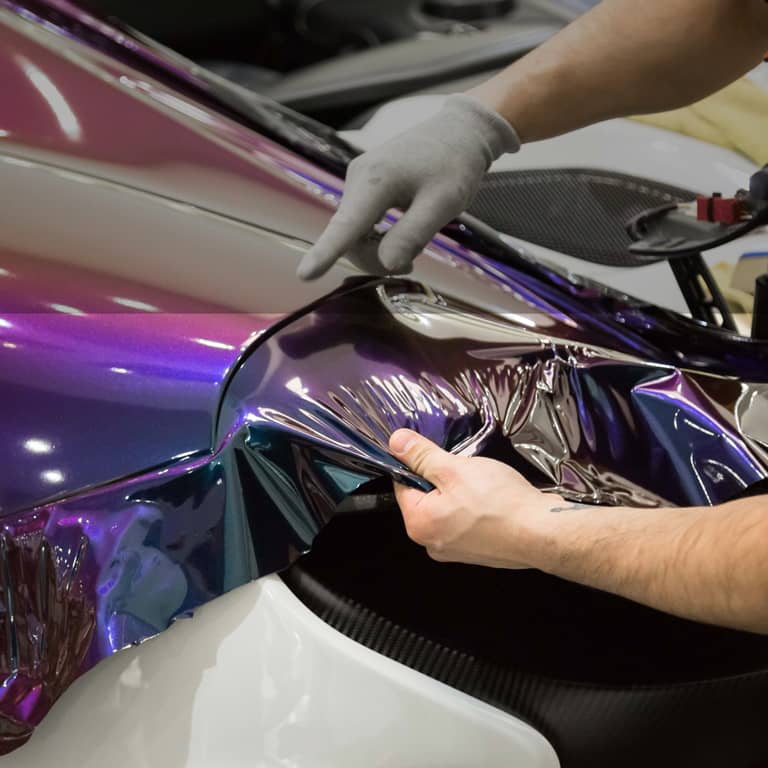
WRAPPING
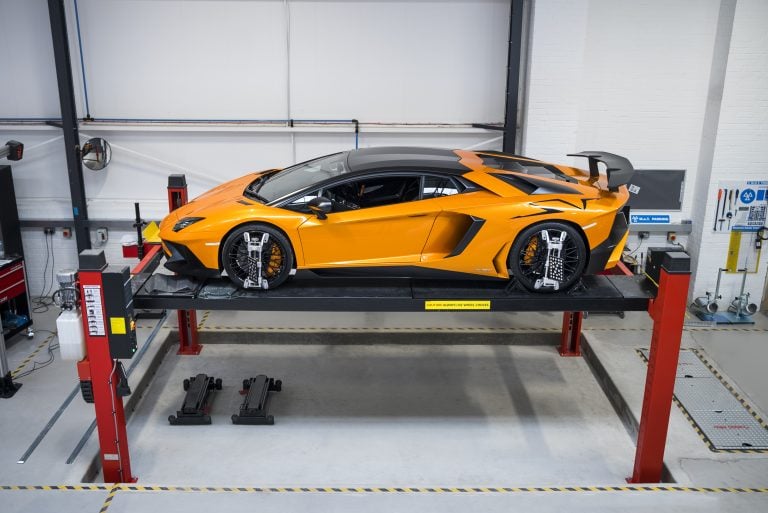
SERVICING



